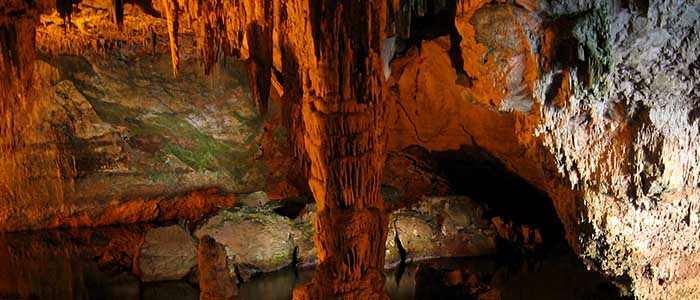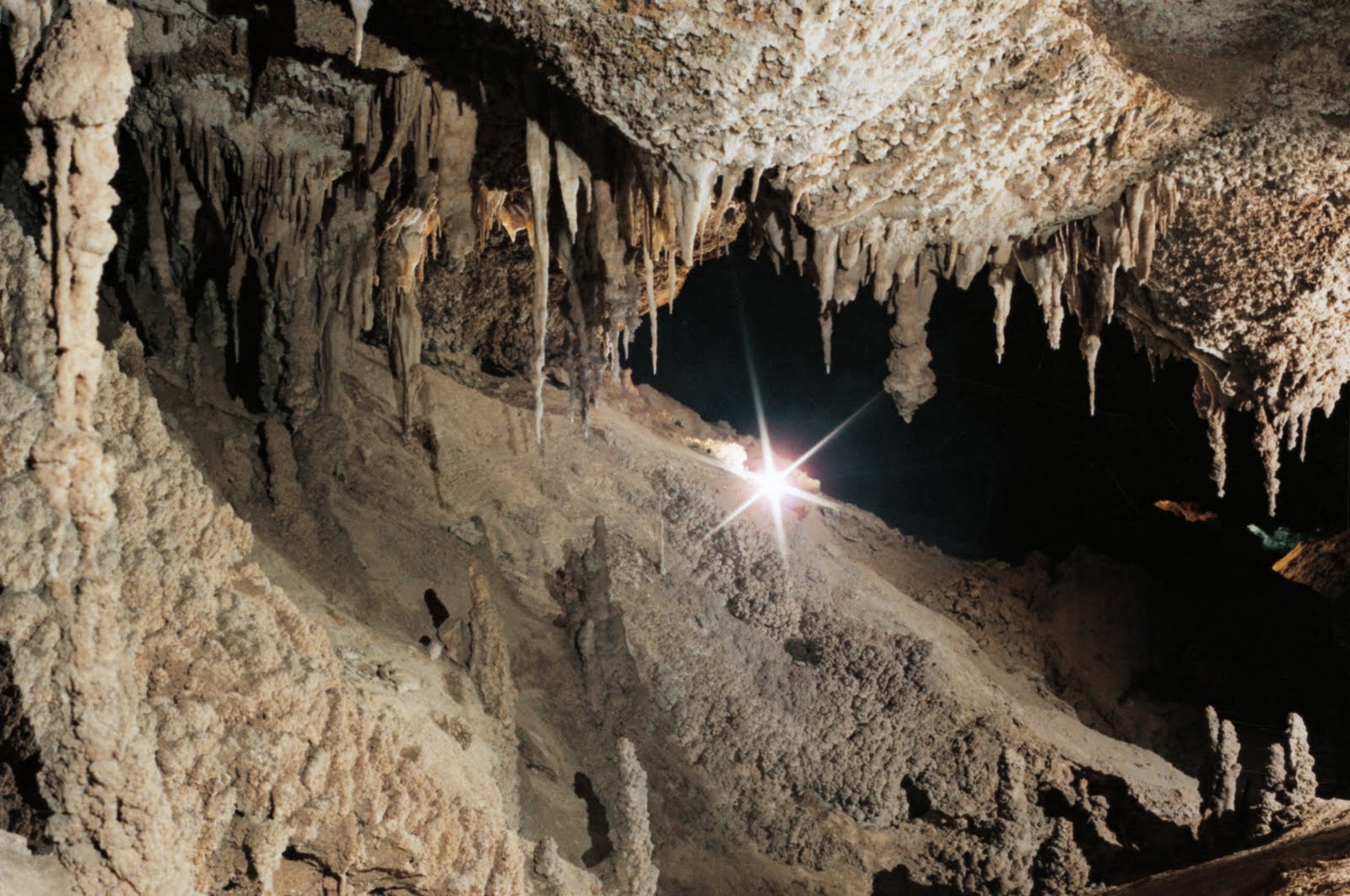 The karst modeling is the set of actions and modeling processes that are conditioned by the presence of rocks, usually limestone, which results in very peculiar landscapes.
The karst modeling is the set of actions and modeling processes that are conditioned by the presence of rocks, usually limestone, which results in very peculiar landscapes.
 The karst modeling is the set of actions and modeling processes that are conditioned by the presence of rocks, usually limestone, which results in very peculiar landscapes.
The karst modeling is the set of actions and modeling processes that are conditioned by the presence of rocks, usually limestone, which results in very peculiar landscapes.
The geological agent is comprised of both surface water and groundwater that have the capacity to dissolve the rocks.
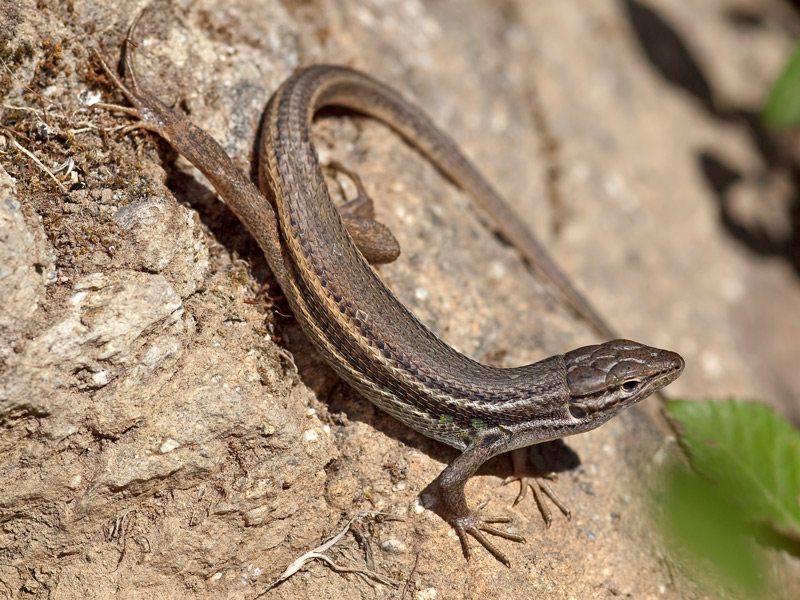
 The wildlife in the Karst of Almeria is diverse but scanty due to the small amount of water on the floor. In addition, therefore, there are few plants with little food for wildlife.
The wildlife in the Karst of Almeria is diverse but scanty due to the small amount of water on the floor. In addition, therefore, there are few plants with little food for wildlife.
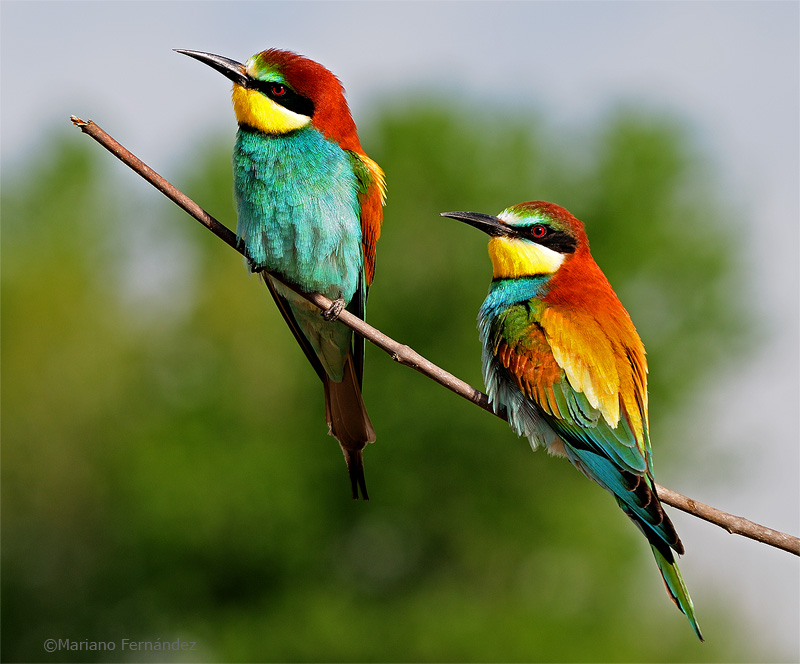
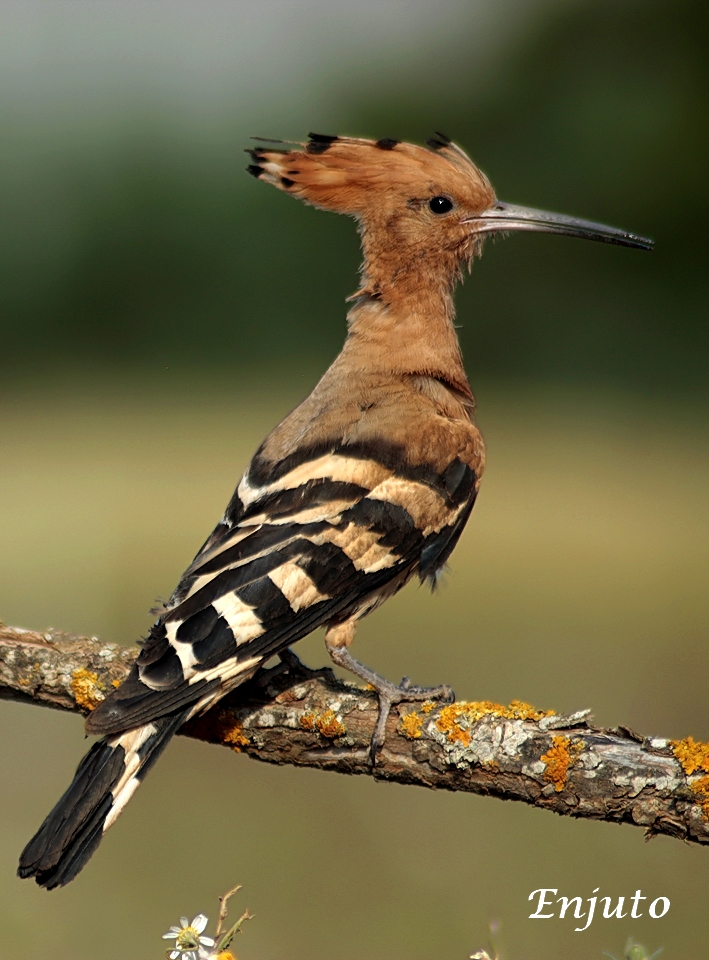 The birds that stand out are the crag, the bee-eater and Hoopoe. And of the raptors, the most important are the Bonelli's eagle and the peregrine falcon.
The birds that stand out are the crag, the bee-eater and Hoopoe. And of the raptors, the most important are the Bonelli's eagle and the peregrine falcon.
Predators that are becoming less common are the fox, genet, weasel and badger.
Animals animals that constitute the most wildlife are the horseshoe snake, gecko, the long-tailed lizard, Cinderella lizard and the Iberian lizard.
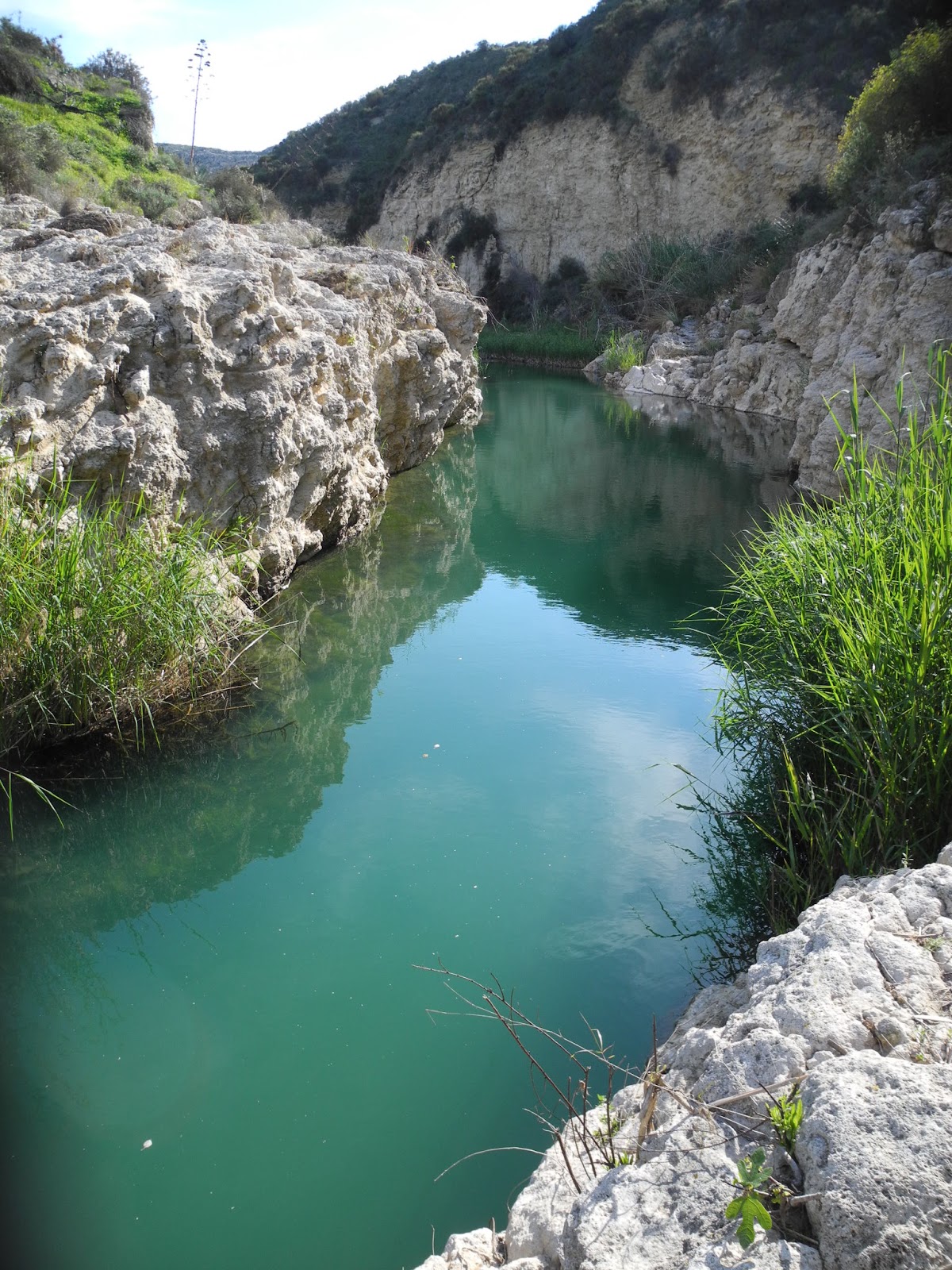 The vegetation of this natural landscape, is rich in endemic flora displays, because although the casts are toxic to plants, a group of them has adapted to this circumstance, surviving successfully in the karst.
The vegetation of this natural landscape, is rich in endemic flora displays, because although the casts are toxic to plants, a group of them has adapted to this circumstance, surviving successfully in the karst.
We can distinguish three areas. On the one hand the arid and sub-desert steppe, the other formed by plants associated with gypsum and finally the typical vegetation of backwaters and meanders created by the Rio Aguas that runs through it.
Inside that, the most valuable and rare plant species develop their life next to the gypsum.
The Gypsum Karst of Sorbas is a complex of caves, canyons, sinkholes, geodes and other karst phenomena excavated by the Aguas River. In this can we find karst water-soluble minerals such as gypsum and limestone..
